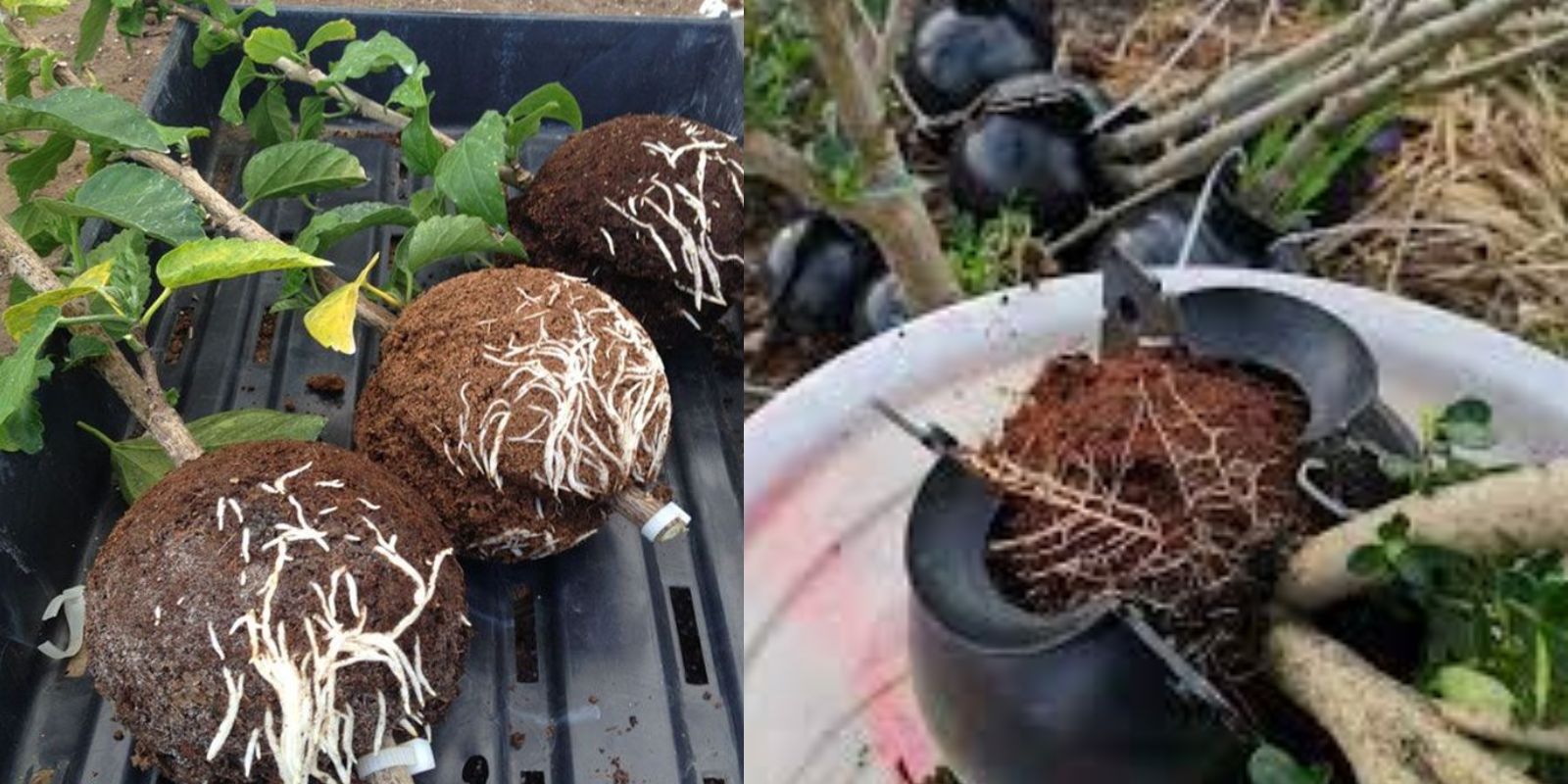Introduction:
Propagating plants can seem like a daunting task for beginners, but with tools like the Plant Root Growing Box, it becomes a straightforward and rewarding process. This innovative device simplifies the propagation of your favorite plants by encouraging root growth directly on the parent plant. Whether you’re looking to expand your garden or share plants with friends, this method ensures success with minimal effort. Let’s dive into how you can make the most of this tool.
Why Use a Plant Root Growing Box?
The Plant Root Growing Box provides several benefits:
- Efficiency: Clone plants without uprooting the parent plant.
- Convenience: Minimal maintenance during the propagation process.
- High Success Rate: Ideal for woody plants, fruit trees, and ornamental species.
Steps to Use a Plant Root Growing Box:
- Select the Perfect Branch:
Choose a healthy and mature branch from the parent plant. Ensure it has a diameter that fits within the size range recommended for your growing box, typically between 0.2 and 0.8 inches. The branch should have visible nodes, as these are where roots are most likely to emerge. - Prepare the Branch:
Using a sharp and sterilized knife, remove a small ring of bark around the branch at the location where you want the roots to grow. This process, called girdling, exposes the cambium layer, stimulating root formation. - Prepare the Growing Medium:
Open the Plant Root Growing Box and fill it with your chosen growing medium. Moist sphagnum moss is highly recommended for its water retention properties, but you can also use moist potting soil. Ensure the medium is damp but not waterlogged. - Secure the Box Around the Branch:
Position the box so the exposed section of the branch is centered within the growing medium. Snap the box shut, ensuring it is firmly secured to prevent leaks or moisture loss. Some boxes have locking mechanisms or clips for added stability. - Maintain Moisture Levels:
Check the growing medium periodically to ensure it stays moist. Depending on your climate and the plant type, you may need to add water every few days. Many boxes come with small ports for easy watering without opening the box. - Monitor Root Development:
Roots typically begin to form within 2-6 weeks, though the exact timing depends on the plant species and environmental conditions. Transparent sections of the box allow you to monitor progress without disturbing the roots. - Harvest the New Plant:
Once you see a healthy mass of roots filling the box, it’s time to separate the new plant from the parent. Use sharp pruning shears to cut the branch just below the box. Handle the new plant carefully to avoid damaging the roots. - Transplant the Rooted Cutting:
Remove the rooted cutting from the box and plant it in a pot or directly into your garden. Choose a location with appropriate sunlight, soil, and watering conditions for the plant species. Water the transplant thoroughly to help it establish.
Tips for Success:
- Choose branches that receive ample sunlight, as this encourages faster root development.
- Use a high-quality rooting hormone on the exposed cambium layer to boost root formation.
- Protect the box from extreme temperatures or strong winds.
Popular Plants to Propagate Using a Root Growing Box:
- Fruit trees such as apples, citrus, and cherries.
- Ornamental shrubs like roses, camellias, and hydrangeas.
- Woody herbs such as rosemary and lavender.
Environmental Benefits of Propagation:
Propagation through a root growing box reduces the need to buy new plants, cutting down on transportation emissions and plastic waste associated with store-bought plants. It’s an eco-friendly way to expand your garden while conserving resources.
Challenges and Solutions:
- Challenge: The branch doesn’t develop roots.
- Solution: Ensure the branch is healthy, the growing medium stays moist, and the box is properly sealed.
- Challenge: Mold or rot appears in the growing medium.
- Solution: Avoid overwatering and use a sterilized growing medium.
Why You Should Try It:
Using a Plant Root Growing Box is a cost-effective, sustainable, and enjoyable way to propagate plants. It’s perfect for gardeners of all skill levels and works for a variety of plant types. Plus, watching roots grow is incredibly satisfying!
Conclusion:
With the Plant Root Growing Box, you can propagate plants like a pro right in your backyard. It’s a simple process that yields impressive results, allowing you to create new plants to expand your garden, gift to friends, or sell as part of a home business. Why wait? Start propagating today and enjoy the magic of growing your garden effortlessly.
Motivate Users to Interact:
Have you tried propagating with a Plant Root Growing Box? Share your experiences or ask questions below! Let’s grow together. 🌱
#PlantPropagation #GardeningMadeEasy #RootGrowingBox #GardenDIY #GreenThumbHacks #SustainableGardening #GardeningTips

